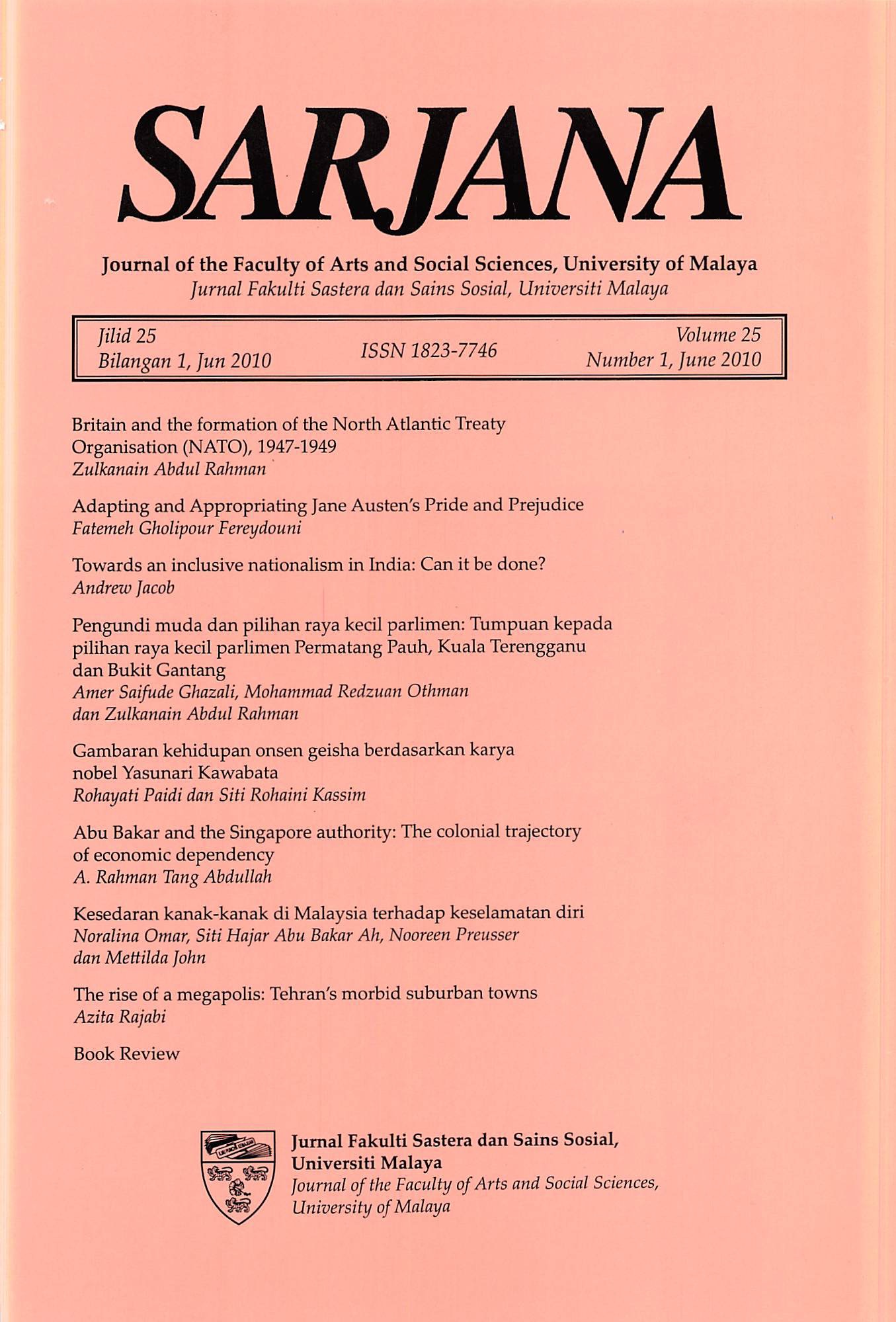THE RISE OF A MEGAPOLIS: TEHRAN'S MORBID SUBURBAN TOWNS
Main Article Content
Abstract
Concentration in the growing trend of urbanisation in the Third World Countries and the subsequent exercise of policies such as 'growth pole' are among the reasons for the formation of conurbation or the formation of the megapolis. Iran is no exception to this rule and in the growing formative trend of modern urbanisation, the reliance on oil revenues and the increasing import of commodities has caused a dramatic immigration of the village people to the capital city. The unfair distribution of revenues and the income difference between the city and the village and the facilities in large cities have led to an increased population in the capital. The inefficient economy in the agricultural sector caused by improper planning has brought about a decline in agriculture and ruralisation. On the other hand, the large ratio of oil revenues as a one-product economy and the growth of administrative bureaucracy are to be considered as the main reasons for the influx of the villagers into the capital city. The most important damaging corollaries of this trend can be categorised as imbalance in socio-economic growth, uncontrollable immigration, environmental problems such as air pollution (Tehran has continued to rank among the most polluted cities in the world for the last ten years), and the decline on the managerial level due to increasing concentration of costs, and the wastage of time and labour. The article examines the development trend of urbanisation in Iran, one of the more important countries in Asia and sheds light on the formative phases of the first pattern in urbanisation. It also investigates the morbid disorders in urbanisation and structural rupture on a national level and the emergence of a metropolitan area which makes up 20% of the whole country's population.

